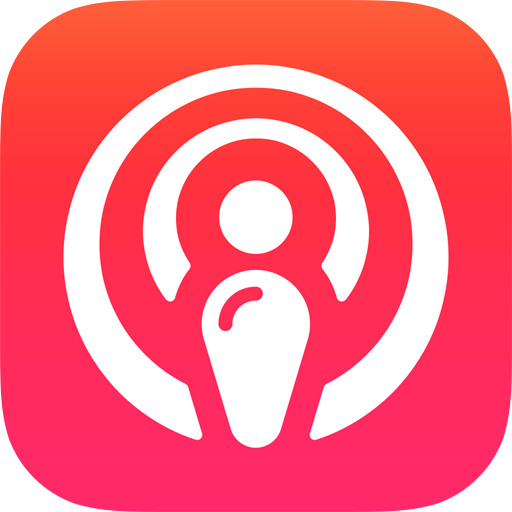December 30, 2022
Teaching reading in Arabic: don’t forget about the brain
Learning to read is necessary for children’s success in school and is ubiquitous in daily life worldwide. From reading textbooks and exams to street signs, emails, and applications, the ability to read fluently is a valuable skill in the modern world. Despite its importance, children learning to read in Arabic often struggle, falling behind the global average in reading scores.
Given that learning to read is predictive of both academic and vocational success, the United Arab Emirates (UAE) has been investing in novel programs designed to improve reading acquisition in Ras al Khaimah schools. Most notably, the Iqra curriculum was designed with support from the Sheikh Saud bin Saqr Al Qasimi Foundation for Policy Research and is showing promise in early pilot testing. The textbook for the Iqra curriculum uses principles from cognitive neuroscience to improve letter learning by enhancing the visual characteristics of each letter. By increasing the sizing and spacing of each symbol, the child can more easily learn to recognize individual letters.
We know from decades of research that the brain requires many years of instruction and practice to fully develop the capacity for fluent reading, and in those who fail to learn to read (e.g., those with dyslexia), the brain’s reading network does not develop properly. However, since most of the prior work has been done in Western languages (ex., English, French, Spanish, etc.), we know comparatively little about this process for Arabic and whether a textbook intervention can help improve the brain’s responses to print. If the brain needs a different type of instruction or a longer window of time to develop this expertise for Arabic compared to other alphabets, this would have implications for educational policy in the UAE and beyond.
I recently had the opportunity to record brain responses to print in first grade children finishing one year of reading instruction using the Iqra textbook intervention. This work, funded by the Sheikh Saud bin Saqr Al Qasimi Foundation for Policy Research, allowed me to compare brain responses in children receiving the intervention with brain responses in children from the same schools who were being taught to read using the standard curriculum.
When children in any culture first learn to read, the brain requires significant early effort to process letters. This is because letters are novel objects at first, and the brain needs to focus on processing the letter and making sense of its characteristics. As children learn their letters and they become familiar, the brain requires less effort, and reading speed increases. As described in the policy paper, I found that after the year of Iqra instruction, the brain’s processing of Arabic print was less effortful compared to their business-as-usual classmates. This research supports the continued development of the Iqra curriculum, as these changes do seem to help the brain become familiar with Arabic letters more quickly than the standard curriculum.
For parents and educators, this is great news! It means that providing separation between letters and lines of print early in a child’s education may help the brain learn to read Arabic more efficiently. Parents and teachers should aim to have books in the home for children to use in practicing their reading, and when possible, look for books that have a larger font and bigger spacing in the first couple years of learning.
It will be important in the coming years to continue keeping the brain at the forefront of the development of new reading instruction methods, to ensure that any changes made help facilitate the brain’s reading network. Since the growth of the brain’s reading network lasts into early adulthood, investment in better reading instruction practices should be a priority in the first few years of education.
Tracy Centanni is an assistant professor at Texas Christian University with a Ph.D. in Cognition and Neuroscience.

